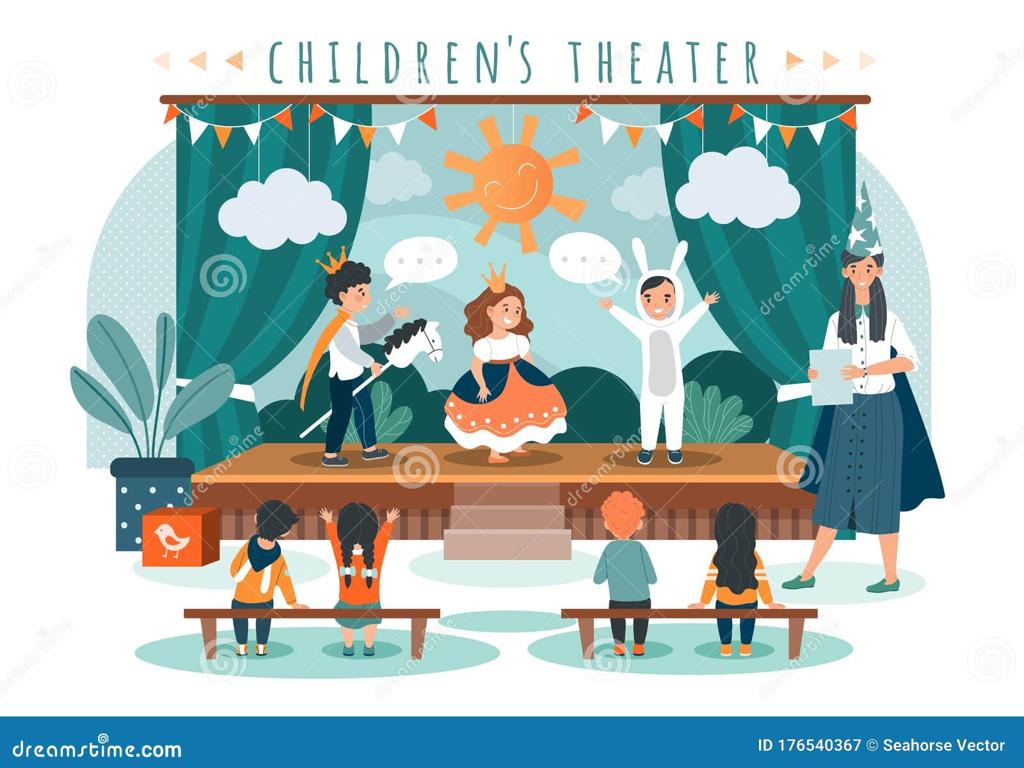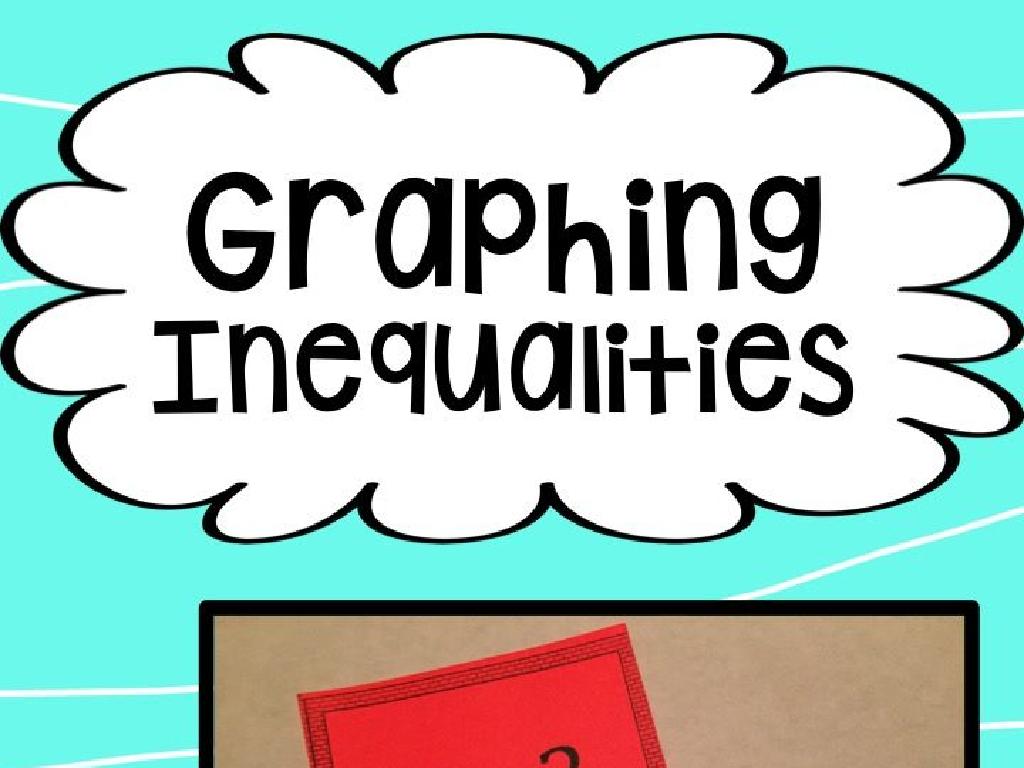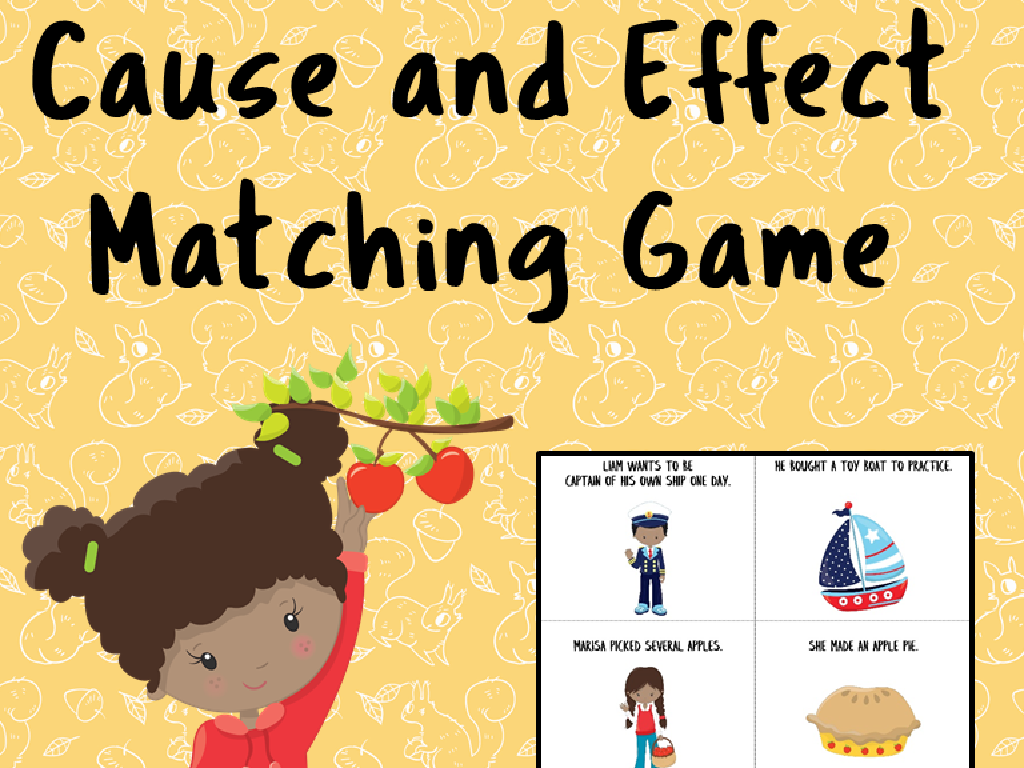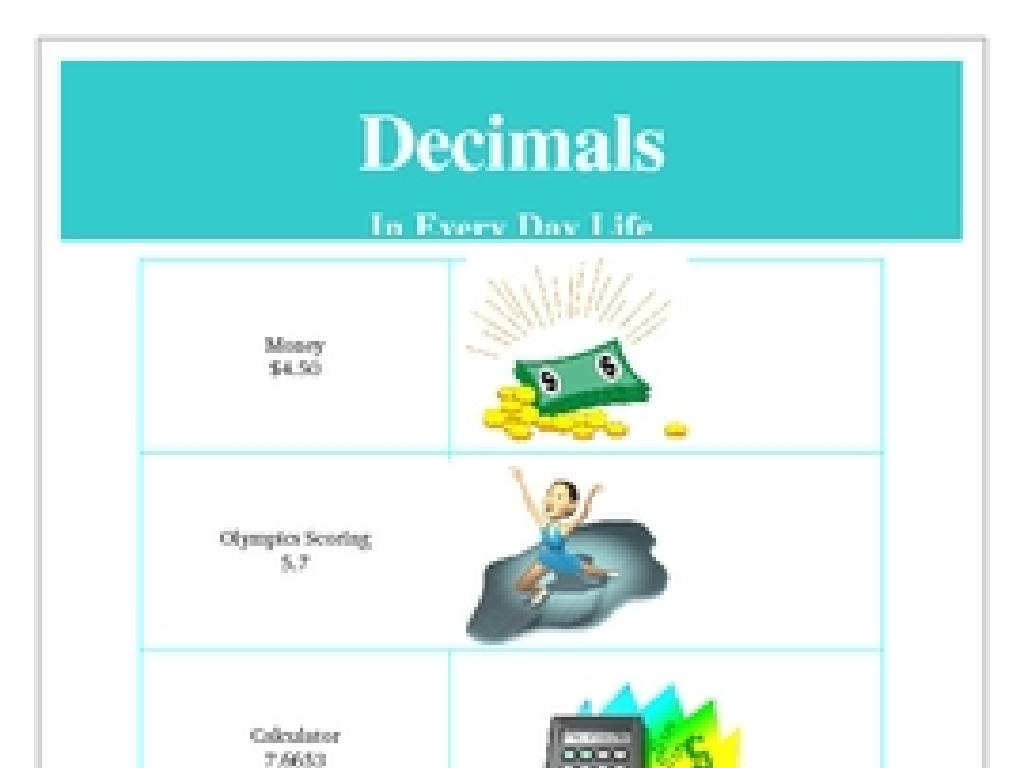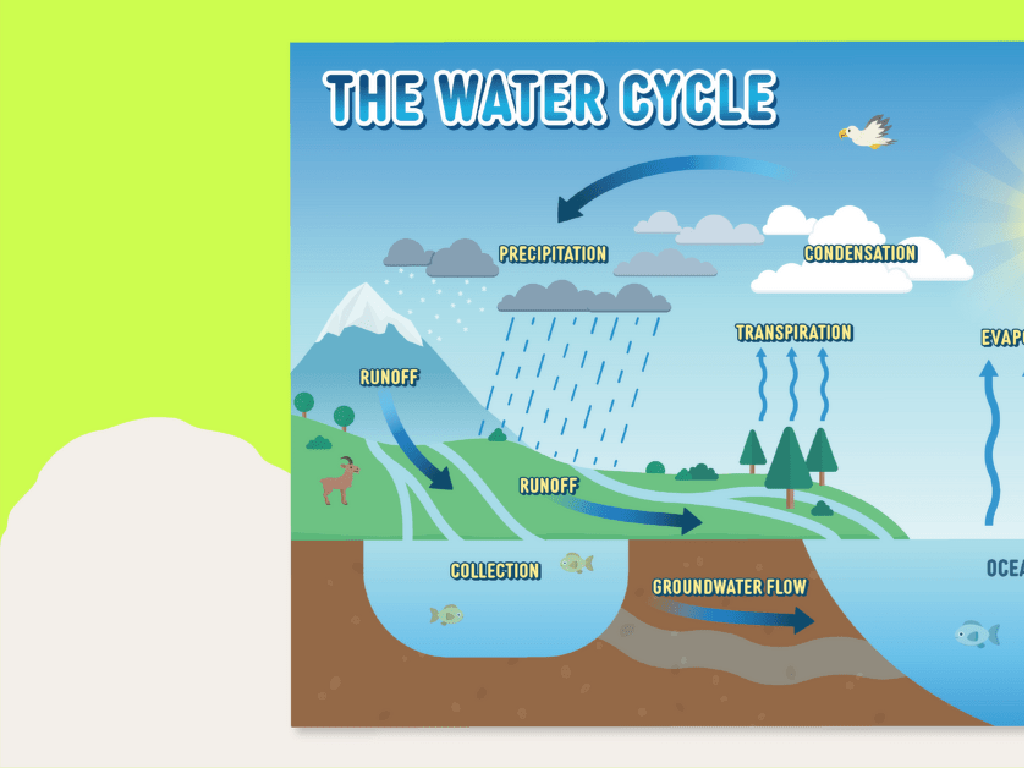Identify Coordinating Conjunctions
Subject: Language arts
Grade: Sixth grade
Topic: Conjunctions
Please LOG IN to download the presentation. Access is available to registered users only.
View More Content
Welcome to Conjunction Junction: Coordinating Conjunctions!
– Discover the role of conjunctions
– Conjunctions connect words, phrases, or clauses
– Explore why conjunctions matter
– They make writing and speaking flow smoothly
– Examples of coordinating conjunctions
– For, And, Nor, But, Or, Yet, So (FANBOYS)
– Practice using conjunctions
– We’ll combine sentences using FANBOYS
|
This slide introduces students to the concept of coordinating conjunctions, which are essential parts of speech that link together words, phrases, or clauses. Understanding how to use conjunctions is crucial for creating complex, coherent sentences and improving communication skills. Provide examples of each conjunction in use, and explain how they can change the relationship between ideas in a sentence. Encourage students to think of conjunctions as the ‘glue’ that holds sentences together. In the practice section, students will work on combining shorter sentences into longer, more complex ones using the different coordinating conjunctions.
Exploring Conjunctions
– What are conjunctions?
– Conjunctions connect words, phrases, or clauses.
– Conjunctions: The Language Glue
– They link ideas and help form compound structures in sentences.
– Types of conjunctions
– Includes coordinating, subordinating, and correlative.
– Focus on coordinating conjunctions
– Coordinating conjunctions: for, and, nor, but, or, yet, so.
|
This slide introduces the concept of conjunctions to the students, explaining their role as connectors in the English language. It’s important to emphasize that conjunctions are like glue, holding different parts of a sentence together to make it complete and coherent. Start by defining conjunctions, then explain how they function to combine words, phrases, and clauses. Introduce the different types of conjunctions, with a special focus on coordinating conjunctions, often remembered by the acronym FANBOYS (for, and, nor, but, or, yet, so). Provide examples for each to illustrate their use in sentences. Encourage students to come up with their own examples as well.
Meet the FANBOYS: Coordinating Conjunctions
– FANBOYS stands for conjunctions
– For, And, Nor, But, Or, Yet, So
– Each conjunction’s role in a sentence
– ‘For’ explains reason, ‘And’ adds, ‘Nor’ negates, ‘But’ contrasts, ‘Or’ offers choice, ‘Yet’ shows contrast, ‘So’ indicates effect
– FANBOYS join equal sentence parts
– They link words, phrases, or clauses of equal importance
– Practice using FANBOYS in writing
|
This slide introduces the acronym FANBOYS, which stands for the coordinating conjunctions: For, And, Nor, But, Or, Yet, So. These conjunctions are used to join words, phrases, or independent clauses that are of equal grammatical importance within a sentence. Provide examples for each conjunction to illustrate their specific uses, such as ‘I wanted to go for a walk, but it was raining.’ Encourage students to come up with their own sentences using FANBOYS. Emphasize that these conjunctions help in creating compound sentences and improve the flow of writing. In the next class, students can practice writing sentences or short paragraphs using each of the FANBOYS to reinforce their understanding.
Coordinating Conjunctions in Action
– Spotting conjunctions in sentences
– Look for ‘and, but, or, nor, for, yet, so’ in sentences.
– Merging sentences with conjunctions
– Use these words to combine short sentences into one.
– Grasping the relationship in sentences
– Conjunctions show how ideas in sentences are connected.
|
This slide aims to help students identify and use coordinating conjunctions, which are words that link equal parts of a sentence, such as phrases or independent clauses. Start by explaining each conjunction and providing examples in sentences. Then, demonstrate how to combine two related sentences into one using these conjunctions, emphasizing the relationship they create between the ideas. Encourage students to practice by writing their own sentences and identifying the conjunctions used. This will enhance their understanding of sentence structure and the cohesion within their writing.
Let’s Practice Coordinating Conjunctions!
– Interactive sentence-building activity
– Choose the right conjunction
– Pick the correct FANBOYS for the sentence
– Create sentences with FANBOYS
– Use For, And, Nor, But, Or, Yet, So to make new sentences
– Share and discuss your examples
– We’ll review as a class and learn from each other
|
This slide introduces an interactive class activity focused on applying knowledge of coordinating conjunctions. Students will engage in building sentences using different conjunctions from the acronym FANBOYS. The activity starts with a sentence-building exercise where students choose the appropriate coordinating conjunction to complete given sentences. Then, they will create their own sentences using each of the FANBOYS conjunctions to demonstrate their understanding. Finally, students will share their sentences with the class, providing an opportunity for peer learning and teacher feedback. This activity will help solidify their grasp of how to use coordinating conjunctions to connect ideas in writing. Possible activities include sentence completion, correcting conjunction misuse, and creative writing prompts that require the use of each conjunction.
Conjunctions in Our Lives
– Daily use of conjunctions
– Conjunctions like ‘and’, ‘but’, ‘or’ link our ideas in conversation.
– Conjunctions in stories
– Find ‘and’, ‘but’, ‘or’ in a book dialogue or a short story.
– Conjunctions express complexity
– They help us combine thoughts for richer expression.
|
This slide aims to show students the practical application of conjunctions in everyday language. Start by explaining that conjunctions are words that connect clauses or sentences. Highlight how often we use words like ‘and’, ‘but’, and ‘or’ in our daily conversations to add information, show contrast, or present choices. Then, move on to identifying conjunctions within the context of a story or dialogue to help students recognize their use in written language. Emphasize the importance of conjunctions in forming complex sentences and expressing detailed ideas, which is crucial for effective communication. Encourage students to listen for conjunctions in conversations around them and to be mindful of their use in writing assignments.
Class Activity: Conjunction Hunt
– Pair up for conjunction search
– List conjunctions from text
– Write a story with 5 conjunctions
– Use coordinating conjunctions like ‘for’, ‘and’, ‘nor’, ‘but’, ‘or’, ‘yet’, ‘so’.
– Share and discuss in class
|
This activity is designed to reinforce the students’ understanding of coordinating conjunctions through practical application. Have the students work in pairs to encourage collaboration. Provide them with a text passage and ask them to identify and list the conjunctions they find. Then, challenge them to write a short story that includes at least five different coordinating conjunctions, ensuring they understand how to use them to connect ideas. After writing, create a sharing session where students read their stories aloud, fostering a discussion about how conjunctions are used to combine sentences and improve the flow of writing. Possible variations of the activity could include identifying conjunctions in song lyrics, creating conjunction posters, or even a conjunction scavenger hunt around the classroom.
Concluding Coordinating Conjunctions
– Recap: Coordinating conjunctions
– Review the use and examples of FANBOYS
– Homework: Write a paragraph
– Include each of the FANBOYS in your paragraph
– Use all FANBOYS conjunctions
– Upcoming quiz preparation
– Review notes for a quiz on conjunctions next class
|
As we wrap up today’s lesson on coordinating conjunctions, remember that these words (For, And, Nor, But, Or, Yet, So) link equal parts of a sentence. For homework, students will write a creative paragraph that includes all the FANBOYS conjunctions, demonstrating their ability to use them correctly. This exercise will help solidify their understanding. Additionally, students should prepare for a quiz on conjunctions during the next class by reviewing their notes and today’s examples. Encourage them to study the functions and applications of different conjunctions to build a strong foundation in sentence structure.

